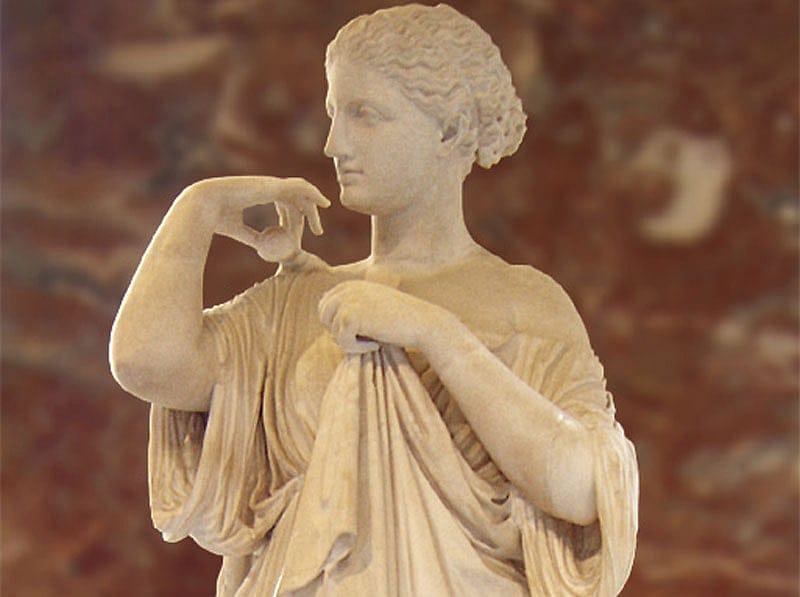Beauty and banality in the fine arts

What is the nature of beauty? How do we recognize it in the fine arts? Although 20th century artistic trends shunned depictions of beauty that had endured for millennia, most people still recognize it when they see it or hear it.
The word aesthetic comes from the Greek word aisthesis, meaning perception and discernment through the senses and intellect. So, the senses and intellect simultaneously intuit and discern the attributes of an object. There is an immediacy to beauty: anything that requires detailed explanations from experts to prove its artistic merit probably has very little of it. Aristotle said, "The beautiful is that which is desirable in itself." Aquinas added, "The beautiful is that which when seen pleases."

